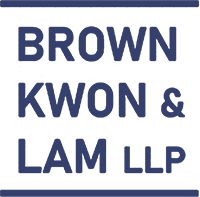There are potential risks associated with every type of workplace. Of course, some fields have a much greater chance that employees will be injured or harmed while on the job. For example, employees in workplaces with heavy equipment and dangerous chemicals are at a much greater risk than employees in offices where elements like this aren’t present. The Occupational Safety and Health Act of 1970 (OSHA) was created to help ensure that employees had safe and healthy working conditions.
While you might be familiar with OSHA, do you really understand the rights that this Act affords you? Your safety is extremely important, so you need to know when your OSHA rights are being violated and what you can do about it. Brown Kwon and Lam can help explain what rights OSHA provides and will fight to protect them if your employer tries to violate them.
The Right to a Safe and Healthful Workplace
Most obviously, employees have the right to a safe and healthy workplace. OSHA has many standards that employers need to adhere to in order to reduce the risk of harm and injury to employees. There are various regulations in place for different industries, such as maritime, construction, agriculture, and healthcare. Examples of some standards that OSHA requires employers to uphold include fall protection, respiratory protection, protection from toxic chemicals, and access to safety equipment.
The Right to Receive Training
If your workplace has hazardous chemicals present, you have the right to receive training from your employer regarding these chemicals. This training should include information about the chemicals and the health effects they have and what you can do to keep yourself safe when working around them. Additionally, your employer must have a written hazard communication program available. Training for various other types of workplace hazards is also required.
The Right to Request Information from Your Employer
If you have any questions about what standards and regulations OSHA has, you have the right to request this information from your employer. You also have the right to request information regarding safety and health hazards in your workplace, review the Log and Summary of Occupational Injuries and Illnesses, and access any relevant exposure and medical records. In some cases, employees have the right to monitor workplace hazards.
The Right to Request Action from Your Employer
If you have a concern regarding health and safety hazards in your workplace, you have the right to address it with your employer, even if it isn’t related to an OSHA violation.
The Right to File a Complaint
When you believe there are health and safety hazards in your workplace or that your employer is violating OSHA regulations, you have the right to file a complaint with OSHA. You can also request that your complaint be kept confidential. Filing a complaint can be done online, in person at an OSHA office, by telephone, or via email, mail, or fax.
The Right to Be Involved in Inspections and Find Out the Results
Employees have the right to have a representative present during an OSHA inspection. Employees may also confidentially discuss their concerns with an OSHA inspector. During this time, you should provide the OSHA inspector with as much relevant information as you can.
The Right to Be Involved in Meetings
If your employer has objections to OSHA citations or has an issue with deadlines set for them, you have the right to sit in on these meetings.
The Right to File an Appeal
If you disagree with the deadlines OSHA set for your employer to correct hazards, you have the right to file an appeal.
The Right to File a Whistleblower Complaint
Employees have the right to report violations and safety hazards to OSHA without facing retaliation. If an employee does feel that they’re being discriminated against for exercising this right, they can file a whistleblower complaint.
The Right to Request a Research Investigation
If you have concerns about the toxic effects of a substance in your workplace, you can request that the National Institute for Occupational Safety and Health conduct a research investigation.
Contact Brown Kwon & Lam to Learn More About Your Rights
You can’t afford to take any risks when it comes to your health and safety. Employers aren’t always going to respect your employee rights, which is why you need Brown Kwon & Lam. If you’re concerned that your rights have been violated, contact us today.

